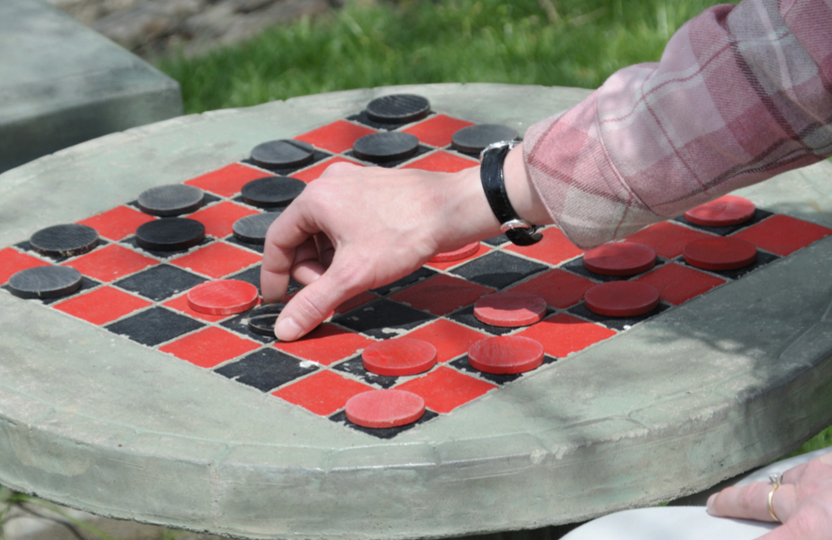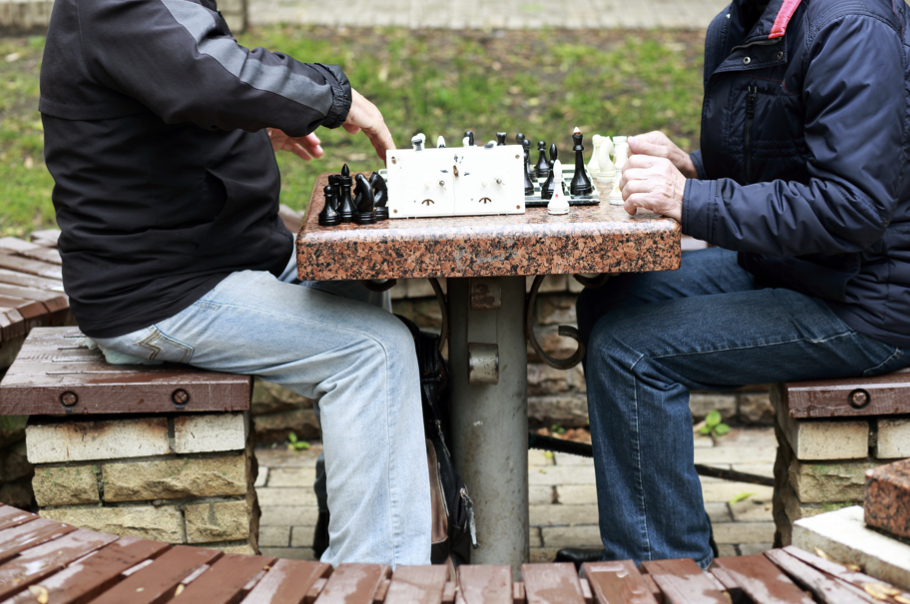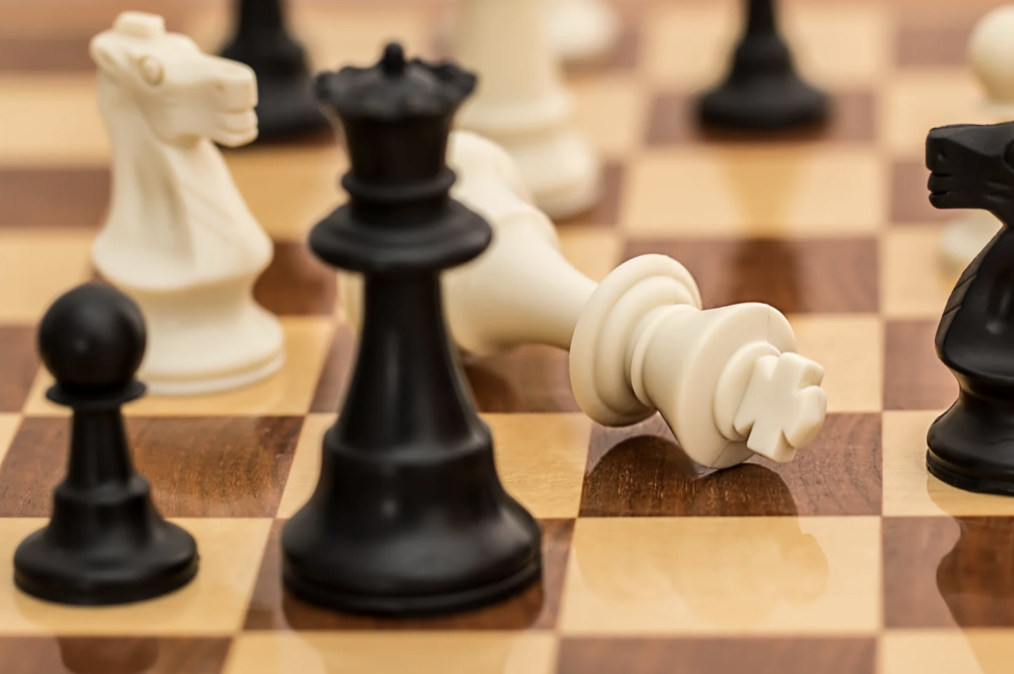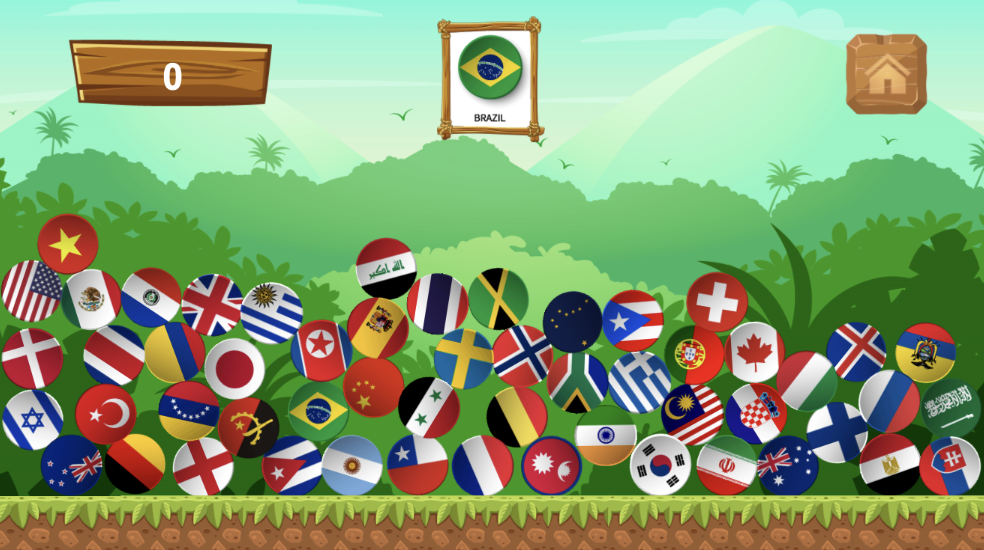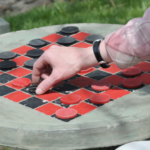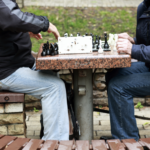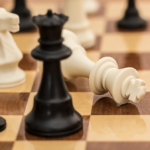[vc_row type=”in_container” full_screen_row_position=”middle” column_margin=”default” column_direction=”default” column_direction_tablet=”default” column_direction_phone=”default” scene_position=”center” text_color=”dark” text_align=”left” row_border_radius=”none” row_border_radius_applies=”bg” overlay_strength=”0.3″ gradient_direction=”left_to_right” shape_divider_position=”bottom” bg_image_animation=”none”][vc_column column_padding=”no-extra-padding” column_padding_tablet=”inherit” column_padding_phone=”inherit” column_padding_position=”all” column_element_spacing=”default” background_color_opacity=”1″ background_hover_color_opacity=”1″ column_shadow=”none” column_border_radius=”none” column_link_target=”_self” gradient_direction=”left_to_right” overlay_strength=”0.3″ width=”1/1″ tablet_width_inherit=”default” tablet_text_alignment=”default” phone_text_alignment=”default” bg_image_animation=”none” border_type=”simple” column_border_width=”none” column_border_style=”solid”][vc_row_inner column_margin=”default” column_direction=”default” column_direction_tablet=”default” column_direction_phone=”default” text_align=”left”][vc_column_inner column_padding=”no-extra-padding” column_padding_tablet=”inherit” column_padding_phone=”inherit” column_padding_position=”all” column_element_spacing=”default” background_color_opacity=”1″ background_hover_color_opacity=”1″ column_shadow=”none” column_border_radius=”none” column_link_target=”_self” gradient_direction=”left_to_right” overlay_strength=”0.3″ width=”1/1″ tablet_width_inherit=”default” bg_image_animation=”none” border_type=”simple” column_border_width=”none” column_border_style=”solid”][vc_custom_heading text=”A Short History of Chess” font_container=”tag:h1|text_align:center|color:%23e34234″ google_fonts=”font_family:Fredoka%20One%3Aregular|font_style:400%20regular%3A400%3Anormal”][divider line_type=”No Line” custom_height=”5″][/vc_column_inner][/vc_row_inner][vc_row_inner column_margin=”default” column_direction=”default” column_direction_tablet=”default” column_direction_phone=”default” text_align=”left”][vc_column_inner column_padding=”no-extra-padding” column_padding_tablet=”inherit” column_padding_phone=”inherit” column_padding_position=”all” column_element_spacing=”default” background_color_opacity=”1″ background_hover_color_opacity=”1″ column_shadow=”none” column_border_radius=”none” column_link_target=”_self” gradient_direction=”left_to_right” overlay_strength=”0.3″ width=”1/2″ tablet_width_inherit=”default” bg_image_animation=”none” border_type=”simple” column_border_width=”none” column_border_style=”solid”][vc_column_text]Chess is a game with a rich history that spans back over a thousand years. Originating in northern India, the game quickly spread across the Islamic world and eventually made its way to Europe. Over the centuries, chess has undergone many changes, both in terms of its rules and its cultural significance. Today, it is widely regarded as one of the world’s most popular games, enjoyed by people of all ages and backgrounds.
In this article, we will be exploring the history of chess and why it remains such an interesting subject for senior and older adult readers. For many people in this demographic, chess represents a connection to their youth, when the game was a popular pastime for young and old alike. For others, it offers a form of mental stimulation and a way to stay sharp and engaged as they age.[/vc_column_text][/vc_column_inner][vc_column_inner column_padding=”no-extra-padding” column_padding_tablet=”inherit” column_padding_phone=”inherit” column_padding_position=”all” column_element_spacing=”default” background_color_opacity=”1″ background_hover_color_opacity=”1″ column_shadow=”none” column_border_radius=”10px” column_link_target=”_self” gradient_direction=”left_to_right” overlay_strength=”0.3″ width=”1/2″ tablet_width_inherit=”default” bg_image_animation=”none” border_type=”simple” column_border_width=”none” column_border_style=”solid”][image_with_animation image_url=”937″ animation=”Fade In” hover_animation=”none” alignment=”center” border_radius=”none” box_shadow=”none” image_loading=”default” max_width=”100%” max_width_mobile=”default”][/vc_column_inner][/vc_row_inner][divider line_type=”No Line” custom_height=”10″][vc_column_text]
Origins of Chess
Chess has a long and fascinating history that spans back over a thousand years. Its origins can be traced back to northern India, where a game called Chaturanga was played as early as the 6th century. Chaturanga was played with dice and was designed to be a simulation of ancient Indian military strategy. The game quickly gained popularity and became a central part of Indian culture and society.
From India, the game of chess spread to the Islamic world, where it was further refined and developed into the game we know today. Muslim scholars and intellectuals played a crucial role in the evolution of the game, introducing new moves, pieces, and strategies. By the 10th century, chess had become a fixture of Islamic society, with the game being played in homes, mosques, and palaces across the Islamic world.
The spread of Islam across the world helped to bring chess to Europe, where it quickly gained popularity among the nobility. By the 10th century, chess had become a fixture of medieval society, with the game being played in castles, monasteries, and homes across the continent. The game’s popularity continued to grow over the following centuries, with new variations and styles being developed in different parts of the world.
The spread of chess beyond India and the Islamic world was facilitated by trade and commerce, as well as by the movement of people and ideas. By the 15th century, chess had become a truly global game, with people playing the game in China, Japan, Africa, and South America. Today, chess remains one of the world’s most popular games, enjoyed by people of all ages and backgrounds in every corner of the world.[/vc_column_text][vc_column_text]
Evolution of Chess Pieces
The chess pieces have undergone a number of changes and transformations over the centuries, as the game has evolved and spread across the world. In the early form of chess, the pieces represented different elements of ancient Indian military forces, including elephants, chariots, horses, and soldiers. These pieces had specific moves and abilities that reflected their roles in battle.
Over time, the pieces changed as the game was adapted and developed in different cultures. For example, in the Islamic world, the game became more sophisticated and the pieces took on more nuanced meanings. By the time chess arrived in Europe, the pieces had been transformed into the familiar array of kings, queens, bishops, knights, rooks, and pawns that we know today.
Despite these changes, the basic rules of the game remained largely unchanged, and the game remained recognizable as chess. This helped to ensure that the game could be easily adopted and played by people in different parts of the world, regardless of their cultural background or language.
In recent centuries, the game of chess has undergone a process of standardization, with the rules and pieces being codified and agreed upon by the international chess community. This standardization has helped to ensure that the game is played in a consistent way, regardless of where it is played, and has facilitated the growth of competitive chess, with international tournaments and matches being held on a regular basis.
The chess pieces themselves are an important part of the game’s rich history and have evolved over time to reflect the changing cultures and societies in which the game was played. Despite these changes, the basic principles of the game have remained consistent, ensuring that chess remains one of the most enduring and popular games in the world.[/vc_column_text][vc_column_text]
Chess in the Middle Ages
It may be surprising to some but chess played a significant role in the Middle Ages, both as a popular pastime and as a symbol of status and power. During this time, the game grew in popularity, with chessboards becoming a common feature in homes and public spaces across Europe. People from all walks of life enjoyed playing the game, from lords and ladies to commoners and merchants.
In medieval society, chess was more than just a game. It was a way for people to demonstrate their intelligence, wit, and strategic thinking, and to bond with one another. Chess was also used as a tool for education, with young nobles and knights being taught the game as part of their training in strategy and tactics.
In addition to its popularity as a pastime, chess also became a symbol of status and power in medieval Europe. Owning a chess set and being able to play the game well was seen as a sign of wealth, education, and sophistication. This is reflected in the many ornate and beautifully crafted chess sets that have been preserved from this time period, many of which are now housed in museums and private collections.
The role of chess in medieval society was further enhanced by its depiction in literature, art, and other forms of popular culture. Chess was often used as a metaphor for life, with the game’s moves and pieces symbolizing the struggles and triumphs of everyday life. This further helped to cement the game’s position as a symbol of power and status, and as an important part of medieval culture and society. Its popularity during this time helped to lay the foundations for the growth and development of the game as we know it today, and its enduring legacy continues to inspire and captivate people all over the world.[/vc_column_text][vc_column_text]
Chess in the Modern Era
The game of chess has continued to evolve and grow in popularity in the modern era, with the rise of professional players and international tournaments, the use of computers, and the impact of technology on the game.
One of the key developments in modern chess has been the rise of professional players and tournaments. In the late 19th and early 20th centuries, chess became more organized, with the establishment of international chess organizations and the first world championship tournament being held in 1886. Since then, the game has continued to grow in popularity, with hundreds of thousands of people competing in tournaments and matches all over the world.
Another major development in modern chess has been the use of computers in the game. With the advent of computers and the growth of technology, computers have been used to analyze and play chess, with many players using them as a tool to improve their own play and to study the strategies of their opponents. This has led to a new level of competitiveness in the game, as well as a wealth of new research and knowledge about the game.
Finally, technology has had a profound impact on the way that chess is played, studied, and enjoyed. With the rise of the internet, it is now possible for players to compete against each other from anywhere in the world, and for fans to follow and analyze games in real time. Additionally, new computer programs and apps have been developed that make it easier than ever to learn the game, to practice and improve your skills, and to engage with the broader chess community.
The modern era has seen significant changes and developments in the game of chess, from the rise of professional players and tournaments, to the use of computers, to the impact of technology on the game. Despite these changes, however, the basic principles of the game remain unchanged, and the game continues to captivate and challenge players and fans of all ages and backgrounds.[/vc_column_text][vc_column_text]
The Significance of Chess in the World Today
With a rich history and a timeless appeal chess continues to captivate people of all ages, including senior and older adult readers. The significance of chess in the world today is in its ability to bring people together, to challenge the mind, and to provide a source of enjoyment and fulfillment.
Chess continues to be popular among senior and older adult readers is its ability to provide a source of mental stimulation. Chess requires concentration, strategy, and critical thinking, making it an excellent way to keep the mind sharp and active. For seniors, who may be facing age-related declines in cognitive function, playing chess can be a way to counteract these effects and maintain mental sharpness.
Another reason why chess continues to be popular among senior and older adult readers is its social aspect. Chess is a game that can be enjoyed with others, providing opportunities for social interaction and connection. For seniors, who may be facing social isolation or loneliness, playing chess can provide a way to meet new people and build meaningful relationships.
Finally, playing chess can also have potential benefits for seniors, such as cognitive stimulation and social interaction. Studies have shown that playing chess can improve memory, attention, and problem-solving skills, as well as boost mental well-being and reduce stress and anxiety. Additionally, playing chess with others can provide opportunities for social interaction and can help seniors to maintain and develop their social networks.
The history of chess is a fascinating and captivating subject, and one that continues to be of interest to seniors and older adult readers. From its origins in India and its evolution over the centuries, to its significance in the world today and its potential benefits for seniors, chess is a game that will continue to inspire and challenge people for generations to come.[/vc_column_text][/vc_column][/vc_row][vc_row type=”in_container” full_screen_row_position=”middle” column_margin=”default” column_direction=”default” column_direction_tablet=”default” column_direction_phone=”default” scene_position=”center” text_color=”dark” text_align=”left” row_border_radius=”none” row_border_radius_applies=”bg” disable_element=”yes” overlay_strength=”0.3″ gradient_direction=”left_to_right” shape_divider_position=”bottom” bg_image_animation=”none” shape_type=””][vc_column column_padding=”no-extra-padding” column_padding_tablet=”inherit” column_padding_phone=”inherit” column_padding_position=”all” column_element_spacing=”default” background_color_opacity=”1″ background_hover_color_opacity=”1″ column_shadow=”none” column_border_radius=”none” column_link_target=”_self” gradient_direction=”left_to_right” overlay_strength=”0.3″ width=”1/1″ tablet_width_inherit=”default” tablet_text_alignment=”default” phone_text_alignment=”default” bg_image_animation=”none” border_type=”simple” column_border_width=”none” column_border_style=”solid”][vc_column_text]
Chess is a two player strategy board game played by millions of people around the world. It has been around for centuries but its origins are not entirely clear as it was created before most people had the ability to read or write.
The invention of chess is credited to an Indian game called Chaturanga that was invented around the 6rd century AD. Chaturanga is an ancient Indian game that was a military strategy game used to train soldiers. The goal of the game is to capture the enemy’s king.
The word “chaturanga” means “four parts of an army” and it refers to the four divisions of a military force: elephants, chariots, cavalry, and infantry.
Chess is a game is also a mental game which requires strategy and quick thinking. A chess game consists of several “moves” or “steps’ each player will take in attempt to win the game. The object of the game is checkmate, which occurs when an opponent’s king is captured by the opposing player.
There are also different types of pieces that you can use in chess, including knights, rooks, bishops, queens, and kings. The rules of chess change depending on which type of piece you use. Here are a few types of chess you can learn to play
Classical Chess
Classical chess is a game of two players who take turns to move pieces on the chessboard. It’s played on a board with 64 squares in eight rows and each player has 16 pieces. One player has the white pieces, while the other has the black pieces each makes their move and then they alternate turns until all of one person’s pieces are captured, put in checkmate or until there are no more moves to make by either side.
Fischer Random
Fischer Random chess is a variant of chess in which the starting position of the pieces on the players’ home ranks is determined by a chess engine, rather than being fixed. The game starts without any preliminary moves from either player. The pieces are set up on their starting squares as determined by the chess engine. This can lead to positions where pawns are blocking each other and pieces cannot be moved. It’s a challenging twist to chess that makes you think outside of the box.
3 Check
King of the hill chess is a variant of chess in which the game ends when one player manages to get their king to one of the middle four squares on the board. The game starts with all pieces on the board and players alternating turns, with each turn consisting of moving one after another and can still end in checkmate just like classic chess.
How Did Chess Start Playing a Role in Society?
Chess is one of the oldest games ever recorded in history so of course it has been played for centuries and has had a significant impact on society. The first game of chess was said to have been played in India between the 6th and 8th century. It was then introduced to Persia. The game became popular among Persian nobility, and its popularity spread across Europe after being taken back by Crusaders who had seen it in the Middle East. In the 15th century, chess was introduced to Russia, where it became a favorite pastime of Tsars and nobility.
Chess is not just a game. It has many benefits for the players, and it can be used as a tool for learning too. Playing chess in the long run can help you to improve your memory and concentration, develop problem solving skills and make you more creative. It also helps to teach you about tactics, strategy, and logical reasoning. There are many benefits to playing the game of chess which is why it has become a timeless classic. You can now practice your chess skills even when you don’t have an opponent right here on Gamingforseniors.org
[/vc_column_text][/vc_column][/vc_row]
